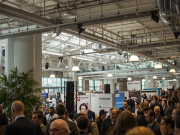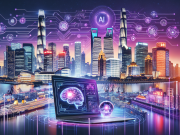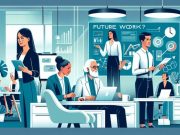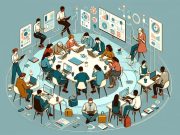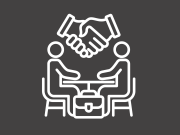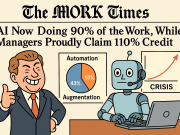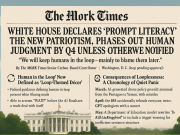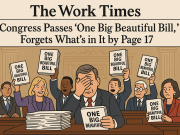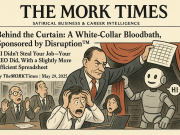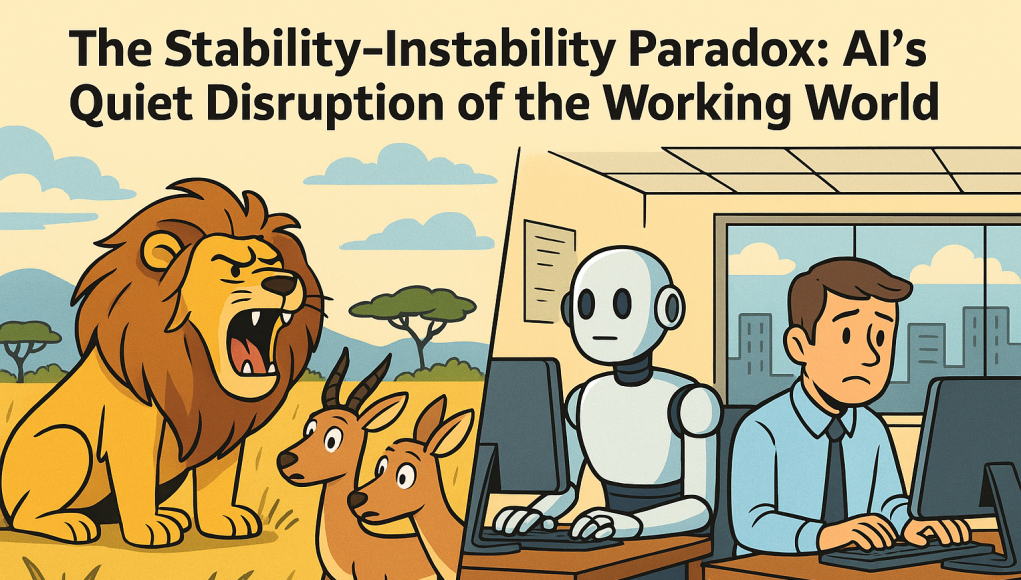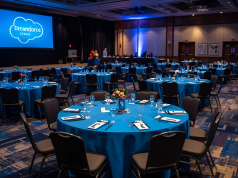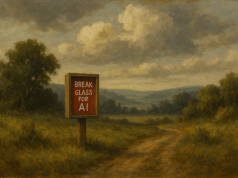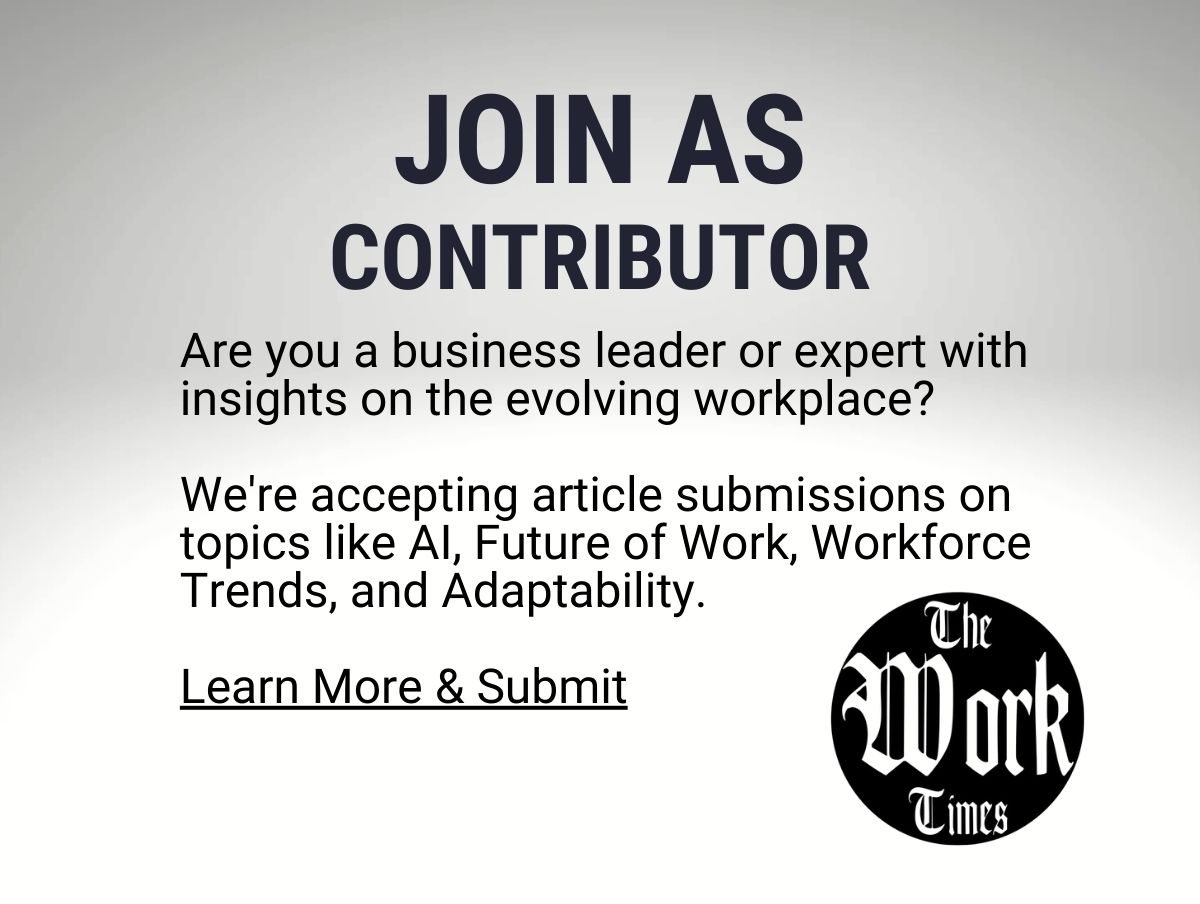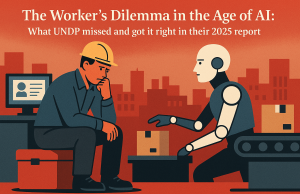In the vast savannahs of East Africa, the lion’s roar serves not just as a declaration of dominance but as a subtle reminder to the gazelles of the ever-present threat. The gazelles, in turn, adapt—not by growing sharper claws, but by honing their instincts, learning when to run and when to stay. This delicate balance of threat and adaptation has existed for millennia. Today, a similar dance unfolds in our modern workplaces, with artificial intelligence (AI) playing the role of the lion.
Understanding the Stability-Instability Paradox
Originally rooted in nuclear deterrence theory, the stability-instability paradox posits that while the presence of powerful deterrents (like nuclear weapons) can prevent large-scale wars (stability), they may simultaneously increase the likelihood of smaller conflicts (instability) under the umbrella of that deterrent. Translated to the realm of AI and employment, this paradox manifests as follows: AI introduces macro-level efficiencies and stability in operations, yet it concurrently breeds micro-level instabilities in job security, roles, and workforce dynamics.
AI’s Dual Role in the Workplace
At the organizational level, AI promises unparalleled efficiency. Tasks that once consumed hours can now be executed in minutes. Decision-making processes are streamlined, and predictive analytics offer foresight previously deemed impossible. This technological prowess provides companies with a sense of stability and control.
However, for the individual worker, especially those in mid-skilled roles, the landscape becomes increasingly volatile. Positions are redefined, responsibilities shift, and the once-clear career trajectory becomes a maze of uncertainties. The very tools designed to stabilize operations inadvertently destabilize individual careers.
The Emergence of the “Worker1” Archetype
In response to this evolving dynamic, we introduce the concept of Worker1—a professional who embodies adaptability, empathy, and continuous learning. Much like ecosystems thrive on biodiversity, modern organizations must cultivate a workforce rich in diverse skills and perspectives. Worker1 is not just proficient in technical skills but also excels in emotional intelligence, collaboration, and ethical judgment.
Historical Parallels and Lessons
The Industrial Revolution offers a pertinent historical parallel. While machinery enhanced production capabilities, it also displaced numerous artisans and craftsmen. The Luddites, often mischaracterized as anti-technology, were, in reality, protesting the rapid changes that threatened their livelihoods without offering viable alternatives.
Similarly, AI is not inherently detrimental. Its impact hinges on how societies and organizations integrate it. Without thoughtful implementation, we risk repeating history—achieving operational excellence at the expense of human capital.
Actionable Strategies for a Balanced Integration
- Human-Centric AI Development: Prioritize AI solutions that augment human capabilities rather than replace them. Tools should be designed to assist workers, allowing them to focus on tasks requiring creativity, judgment, and interpersonal skills.
- Continuous Learning and Upskilling: Establish platforms and programs that facilitate lifelong learning. As roles evolve, workers should have access to resources that help them adapt and grow.
- Transparent Communication: Organizations must maintain open dialogues about AI integration, addressing concerns, and setting clear expectations. This transparency builds trust and eases transitions.
- Ethical Considerations: Implement ethical guidelines to ensure AI applications do not inadvertently perpetuate biases or inequalities. Regular audits and assessments can help maintain fairness and accountability.
Conclusion
The lion’s roar in the savannah serves as both a warning and a call to adapt. In our modern context, AI’s rise is that roar—a signal of change, challenge, and opportunity. By acknowledging the stability-instability paradox and proactively addressing its implications, we can harness AI’s potential while safeguarding the human elements that make our workplaces vibrant and resilient.
Let us not be passive observers but active participants in shaping a future where technology and humanity coexist harmoniously, each enhancing the other in a symbiotic dance of progress.
Title: The Stability-Instability Paradox: AI’s Quiet Disruption of the Working World
In the vast savannahs of East Africa, the lion’s roar serves not just as a declaration of dominance but as a subtle reminder to the gazelles of the ever-present threat. The gazelles, in turn, adapt—not by growing sharper claws, but by honing their instincts, learning when to run and when to stay. This delicate balance of threat and adaptation has existed for millennia. Today, a similar dance unfolds in our modern workplaces, with artificial intelligence (AI) playing the role of the lion.
Understanding the Stability-Instability Paradox
Originally rooted in nuclear deterrence theory, the stability-instability paradox posits that while the presence of powerful deterrents (like nuclear weapons) can prevent large-scale wars (stability), they may simultaneously increase the likelihood of smaller conflicts (instability) under the umbrella of that deterrent. Translated to the realm of AI and employment, this paradox manifests as follows: AI introduces macro-level efficiencies and stability in operations, yet it concurrently breeds micro-level instabilities in job security, roles, and workforce dynamics.
AI’s Dual Role in the Workplace
At the organizational level, AI promises unparalleled efficiency. Tasks that once consumed hours can now be executed in minutes. Decision-making processes are streamlined, and predictive analytics offer foresight previously deemed impossible. This technological prowess provides companies with a sense of stability and control.
However, for the individual worker, especially those in mid-skilled roles, the landscape becomes increasingly volatile. Positions are redefined, responsibilities shift, and the once-clear career trajectory becomes a maze of uncertainties. The very tools designed to stabilize operations inadvertently destabilize individual careers.
The Emergence of the “Worker1” Archetype
In response to this evolving dynamic, we introduce the concept of Worker1—a professional who embodies adaptability, empathy, and continuous learning. Much like ecosystems thrive on biodiversity, modern organizations must cultivate a workforce rich in diverse skills and perspectives. Worker1 is not just proficient in technical skills but also excels in emotional intelligence, collaboration, and ethical judgment.
Historical Parallels and Lessons
The Industrial Revolution offers a pertinent historical parallel. While machinery enhanced production capabilities, it also displaced numerous artisans and craftsmen. The Luddites, often mischaracterized as anti-technology, were, in reality, protesting the rapid changes that threatened their livelihoods without offering viable alternatives.
Similarly, AI is not inherently detrimental. Its impact hinges on how societies and organizations integrate it. Without thoughtful implementation, we risk repeating history—achieving operational excellence at the expense of human capital.
Actionable Strategies for a Balanced Integration
- Human-Centric AI Development: Prioritize AI solutions that augment human capabilities rather than replace them. Tools should be designed to assist workers, allowing them to focus on tasks requiring creativity, judgment, and interpersonal skills.
- Continuous Learning and Upskilling: Establish platforms and programs that facilitate lifelong learning. As roles evolve, workers should have access to resources that help them adapt and grow.
- Transparent Communication: Organizations must maintain open dialogues about AI integration, addressing concerns, and setting clear expectations. This transparency builds trust and eases transitions.
- Ethical Considerations: Implement ethical guidelines to ensure AI applications do not inadvertently perpetuate biases or inequalities. Regular audits and assessments can help maintain fairness and accountability.
The lion’s roar in the savannah serves as both a warning and a call to adapt. In our modern context, AI’s rise is that roar—a signal of change, challenge, and opportunity. By acknowledging the stability-instability paradox and proactively addressing its implications, we can harness AI’s potential while safeguarding the human elements that make our workplaces vibrant and resilient.
Let us not be passive observers but active participants in shaping a future where technology and humanity coexist harmoniously, each enhancing the other in a symbiotic dance of progress.

